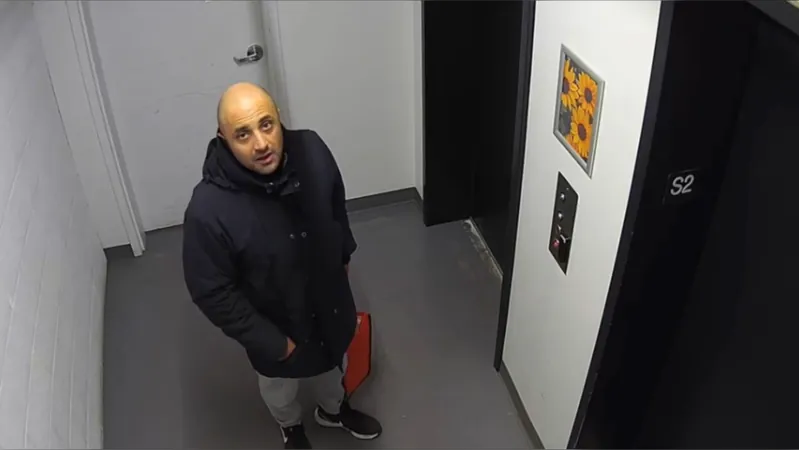
Revolutionary Lung Scanning Technique Transforms Treatment Monitoring!
2024-12-25
Author: Jacques
Revolutionary Lung Scanning Technique Transforms Treatment Monitoring!
A groundbreaking scanning method could reshape how medical professionals monitor lung treatments, providing real-time insights into lung function. Researchers from Newcastle University have developed this innovative approach that allows them to observe the effects of treatments on transplanted lungs and other conditions such as asthma and chronic obstructive pulmonary disease (COPD). This technique may significantly enhance early detection of lung function deterioration, potentially saving lives.
This state-of-the-art scan utilizes a unique gas called perfluoropropane, visible in MRI scans. Patients can safely inhale and exhale this gas, which allows researchers to visualize which areas of the lungs are affected. As patients breathe, the scans can reveal how well air moves in and out of their lungs, giving doctors crucial data on lung performance post-treatment.
Professor Pete Thelwall, a key figure in the project and Director of the Centre for In Vivo Imaging at Newcastle University, explained, "Our scans uncover where patients with lung disease experience patchy ventilation. This insight is invaluable — for instance, when we examine a patient during asthma medication use, we can monitor which lung areas improve and how effectively they can exchange air."
The implications of these findings are significant. The new scanning technique enables clinicians to identify poorly ventilated lung regions more accurately and measure improvements in lung function from prescribed treatments, such as the commonly used bronchodilator salbutamol. This accuracy could enhance patient care and inform clinical trials for new lung disease therapies.
The collaboration involves experts from multiple universities and NHS Trusts in Newcastle and Sheffield, culminating in two important publications, one featured in the journal *Radiology* and another in *JHLT Open*. These papers reaffirm the technique’s effectiveness across different patient groups, solidifying its role in modern respiratory therapy.
As researchers continue to explore the potential of this scanning technology, its application in clinical settings could lead to significant advancements in the management of pulmonary health. With the potential to monitor lung conditions in real-time, this innovative method not only promises to enhance medical outcomes but also paves the way for more tailored and effective respiratory treatments.









 Brasil (PT)
Brasil (PT)
 Canada (EN)
Canada (EN)
 Chile (ES)
Chile (ES)
 España (ES)
España (ES)
 France (FR)
France (FR)
 Hong Kong (EN)
Hong Kong (EN)
 Italia (IT)
Italia (IT)
 日本 (JA)
日本 (JA)
 Magyarország (HU)
Magyarország (HU)
 Norge (NO)
Norge (NO)
 Polska (PL)
Polska (PL)
 Schweiz (DE)
Schweiz (DE)
 Singapore (EN)
Singapore (EN)
 Sverige (SV)
Sverige (SV)
 Suomi (FI)
Suomi (FI)
 Türkiye (TR)
Türkiye (TR)